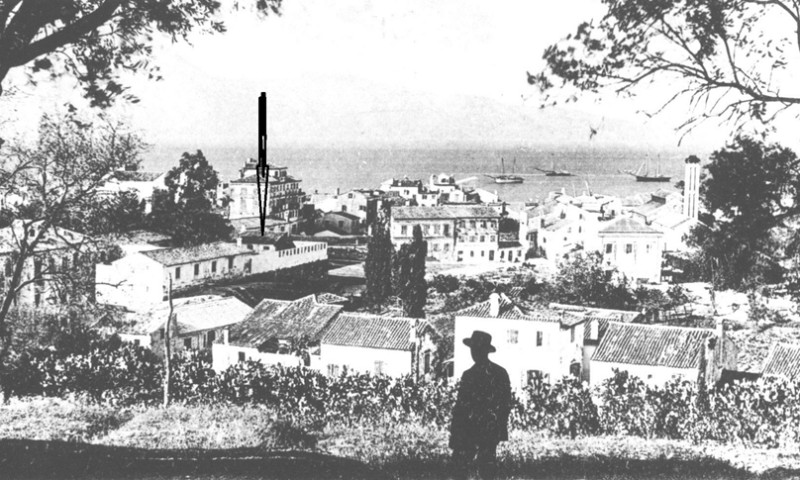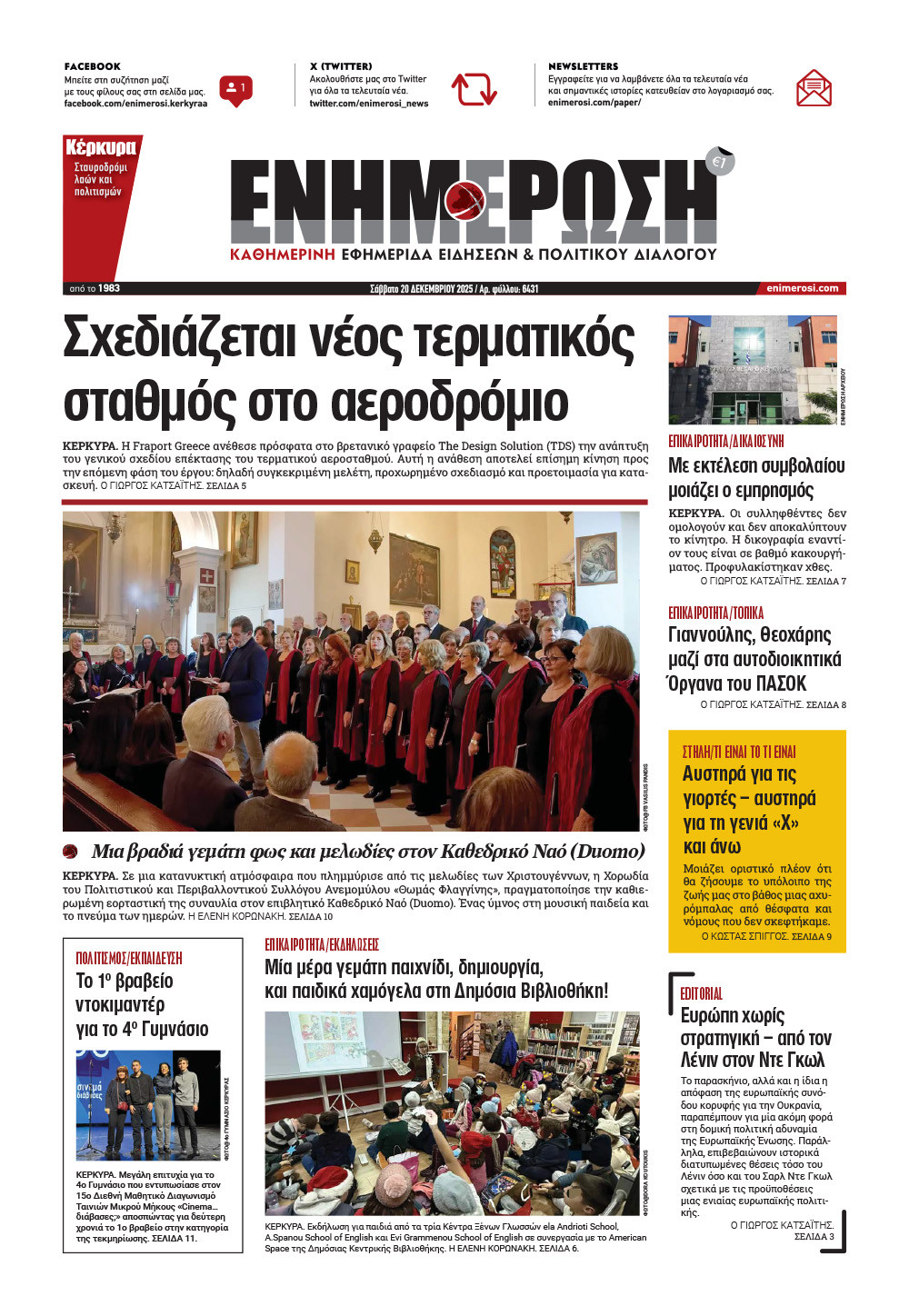On this day in history:Corfu 2 October
 The Mandouki Orphanage at the end of the 19th century
The Mandouki Orphanage at the end of the 19th century
Lord Guildford
02 Oct 2018
/ 08:15
1855: Cholera breaks out at the orphanage in Mandouki and then spreads to the town, Garitsa, Anemomylos and some villages.
1827: The untimely death of Lord Guildford leads to a halt in the development of the Ionian Academy as his financial aid comes to an end and his library is returned to his heirs in Britain.
1855: Cholera breaks out at the orphanage in Mandouki and then spreads to the town, Garitsa, Anemomylos and some villages. Once the disease made its appearance three hospitals were established - in Mandouki, Garitsa and the Jewish Quarter, with Dr. Levi as its director. The overall director was Haralambos Pretenteris from the Ionian Academy.
The houses of those who had cholera were guarded and communication between relatives or friends with the patients was forbidden and patients and those suspected of having the disease were also forbidden from going out. Only doctors and members of the medical committee were allowed into these houses.
In a report Pretenteris said that residents didn't believe in the infectiveness of the disease and put it down to dangerous fumes in some areas.
Up to 2 January 1856 884 people were afflicted by the disease, of whom 48 died.
1855: Cholera breaks out at the orphanage in Mandouki and then spreads to the town, Garitsa, Anemomylos and some villages. Once the disease made its appearance three hospitals were established - in Mandouki, Garitsa and the Jewish Quarter, with Dr. Levi as its director. The overall director was Haralambos Pretenteris from the Ionian Academy.
The houses of those who had cholera were guarded and communication between relatives or friends with the patients was forbidden and patients and those suspected of having the disease were also forbidden from going out. Only doctors and members of the medical committee were allowed into these houses.
In a report Pretenteris said that residents didn't believe in the infectiveness of the disease and put it down to dangerous fumes in some areas.
Up to 2 January 1856 884 people were afflicted by the disease, of whom 48 died.
Research: Giorgos Zoumbos




